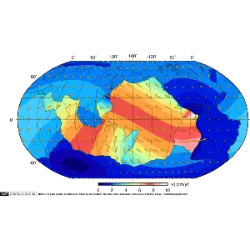Industrial Revolution (18th and 19th centuries)

Between the 18th and 19th centuries, the Industrial Revolution revolutionized the global economy, replacing artisanal production with machines and factories. The process began in England, driven by innovations such as James Watt's steam engine, the mechanization of the textile industry, and the expansion of railways.
The growth of cities accelerated, with millions of people migrating from the countryside to urban centers in search of work. Large-scale production increased the supply of goods, making products more affordable. However, working conditions in factories were precarious, with exhausting workdays, low wages, and child exploitation.
Industrialization expanded to other countries, such as France, Germany, the United States, and Japan, boosting capitalism and changing the political and social landscape. New inventions, such as the telegraph and the steam locomotive, expanded communications and transportation.
Despite the progress, the Industrial Revolution brought challenges such as pollution and social inequality. The labor movement emerged to demand better working conditions, giving rise to labor laws and trade unions. The impact of the Industrial Revolution shaped the modern world, driving technology and the global economy.
Did you know?












